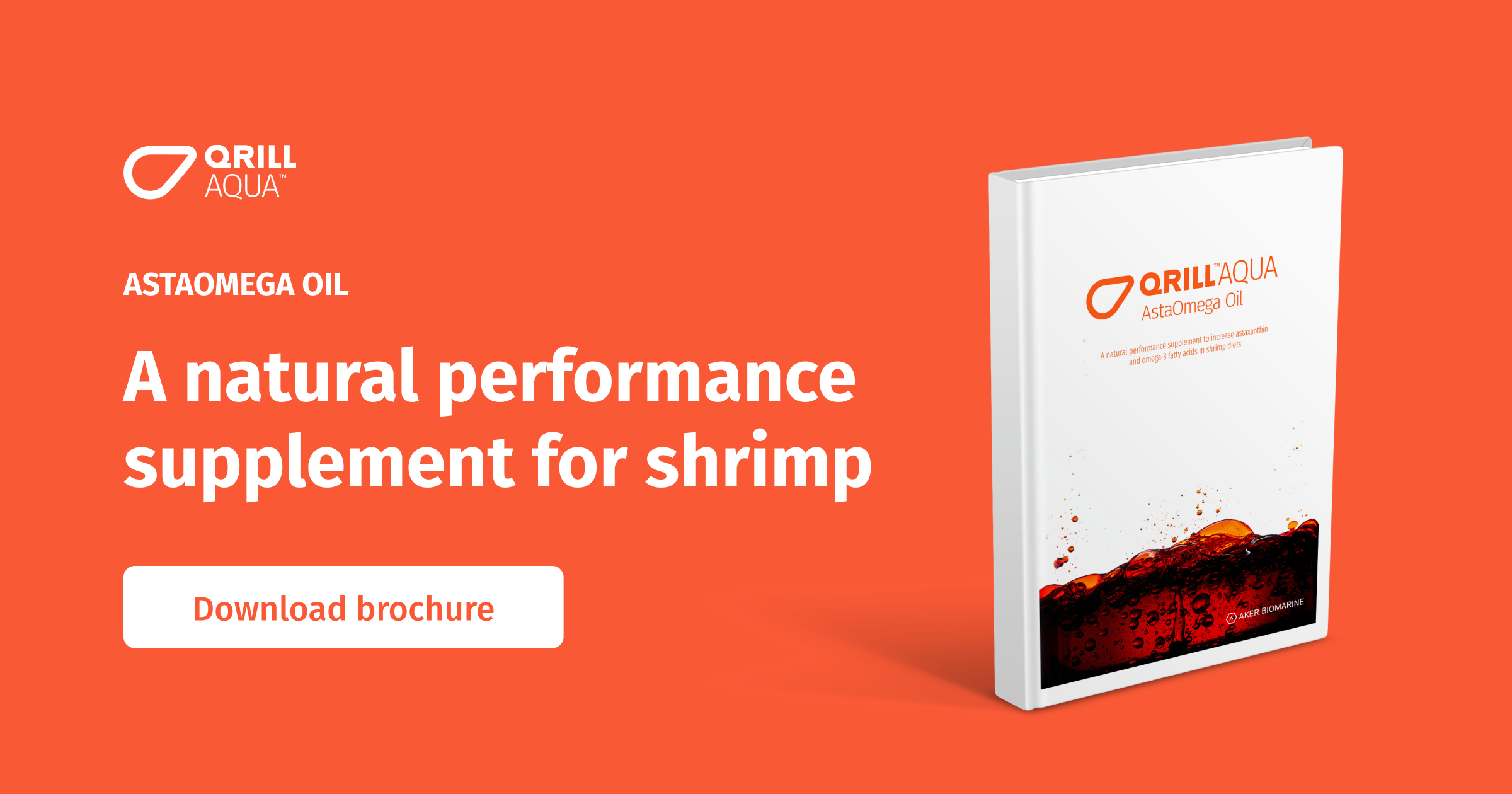Numerous consumer studies, and surveys of processors and importers, including two separate independent reports on US and UK buying attitudes conducted in January 2018, supported by AKBM, show that color is a key factor for consumers, when buying shrimps.
Sounds strange, but is no great surprise, as it is an innate facet of human behavior, to unconsciously judge the quality of food, by its coloration.
We all do it, gauging ripeness, freshness or indeed taste, by the color of the fruit, vegetables, or in our business, seafood. Appearance is everything after all.
It is exactly why the most successful shrimp aquaculture companies always include a unique ingredient in their feed, which helps ensure that their products always stand out from the crowd.
The consumer-friendly carotenoid
Identified as the principal pigment found in the carapace and internal organs, in many crustacean species, the red carotenoid astaxanthin is responsible for the rich reddish orange body color of prawns after cooking, that customers clearly prefer.
Unable to produce astaxanthin naturally, crustaceans obtain this must-have carotenoid from their native habit. For farmed shrimp, this essential carotenoid must be included in their manufactured feed synthetically, or preferably via a natural source, such as krill.
The omission of this important ingredient is believed to be the cause of Blue Color Syndrome in crustaceans, and is documented in clinical studies of Penaeus monodon, or tiger prawn. Shrimp with Blue Color Syndrome, take on a pale-yellow color when cooked, a big turn-off for consumers, rather the desired bright red, associated with wild shrimp.
Indeed, research showed that the addition of 50 ppm astaxanthin into shrimp diets resulted in the accumulation of exoskeleton pigments and the successful transformation of previously abnormal blue pigmented tiger prawn, into normal pigmented ones.
Pigmentation pays
In addition, a study conducted by Castro, O.S., L. Burri, and A.J.P. Nunes, showed improved growth performance and coloration of Pacific whiteleg shrimp Litopenaeus vannamei, after dietary inclusion of astaxanthin krill oil.
Comparing three oil sources 34.5 g/kg soybean, 26.6 g/kg fish and 48.3 g/kg krill, chemical analysis of the fatty acid composition showed that astaxanthin krill oil markedly increased EPA+DHA levels in shrimp tails from 9.3 to 69.3 g/kg of total dietary fatty acids, when compared to the soybean oil group. The total carotenoid levels also increased from 13.8 to 21.4 μg/100 μl in the astaxanthin oil group.
Moreover, the levels of essential fatty acids and carotenoids were found to directly affect sensory characteristics of shrimp tails, which in turn influenced consumer choices. Consumer satisfaction towards both colour and flavour was highest for tails from shrimp fed astaxanthin krill oil, when compared to tails from both the soybean and fish oil groups.
A multi-faceted ingredient, capable of enhancing shrimp feed in a number of different ways, astaxanthin can play an important dietary role in every stage of the life cycle of shrimp. However, when it comes to pigmentation, astaxanthin should be added at the finishing stage, continuously for the last 30-45 days of culture, preferably making up 2-2.5% of feed.
Rich in astaxanthin, Antarctic krill (Euphausia superba) is an excellent natural source of this now seemingly business critical carotenoid.

